Wondering if honey makes the cut when it comes to keto sweeteners? Before you mix it into your favorite treat, let Kelsey Ale, Author of Keto Sweets, break down the best – and worst – keto sweeteners on the market.
Treats like cakes, cookies, brownies are so enticing when cutting sugar and other high-carb foods from our diets. We all want what we can’t have, and cravings are especially difficult when you know just one cheat day can significantly curb your progress on the keto diet.
Before writing Keto Sweets, I ran into many of the issues you face when following a keto diet. I found that even my favorite Paleo-friendly sweeteners like raw honey and maple syrup were off limits. Finding a healthy alternative to these ingredients proved to be even harder.
Curious about ketosis?
Click here to get the FREE Easy Keto Guide to learn the right way to go keto!
Below, we’ll navigate the tricky world of keto and Paleo-friendly sweeteners (trust me, there aren’t many!) and shed some light as to which ones are best for sweetening foods and fueling ketosis.
We’ll delve into sweeteners like stevia, monk fruit powder, and more – all while discussing where and how to use them (or if you even should).
Stevia
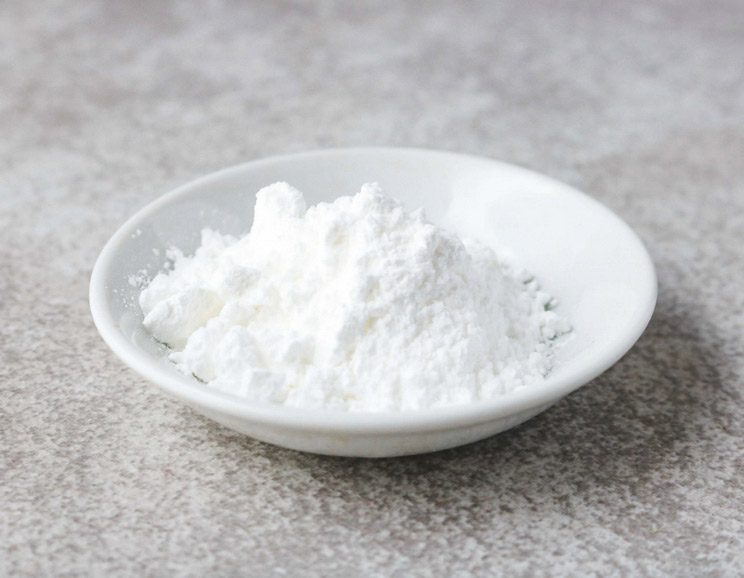
Stevia is a natural sweetener, found in the stevia leaf plant, and is a popular low-carb swap for sugar. It’s made by steeping the leaves of the plant to pull out the sweetness and is often sold in powdered form or as a highly-concentrated extract in bottles with droppers. (1)
Whether you use the powder or extract, you’ll notice that keto recipes swap in stevia in much smaller amounts than typical sugar. This is because stevia is uber-sweet and can be up to 350 times more intense than sucrose or table sugar. (2) However, it can give a somewhat bitter aftertaste, so feel free to explore other low-carb options if it’s not for you.
For your favorite keto treats and coffee, you’ll only need a tiny bit to sweeten them up. While you can’t cream butter and stevia in the same way you would sugar, there are plenty of ways to work it into your baking routine.
Oh, and be careful if you plan to add powdered stevia packets to your drinks at your local coffee shop. Some brands pad out their stevia-based sweeteners with other additives, so always look for 100 percent pure stevia.
Is it Paleo? Yes, so long as it’s 100 percent pure.
Monk Fruit Powder
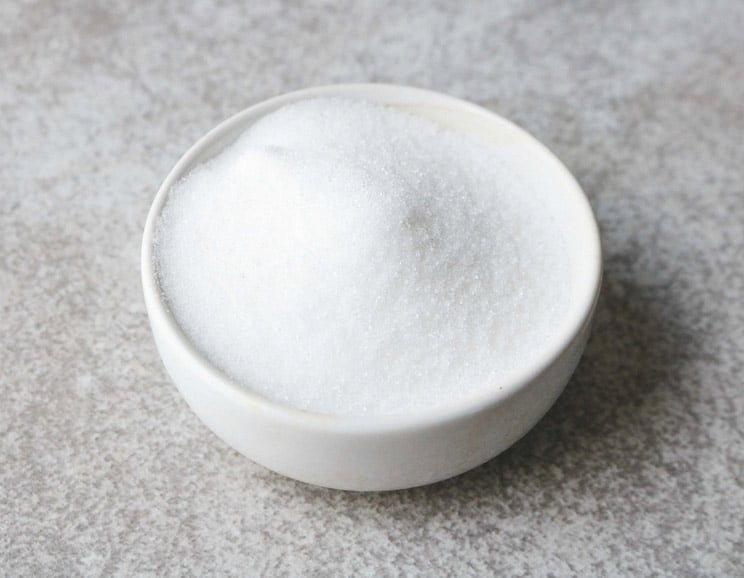
This humble sweetener, also called “Luo Han Guo” or “Buddha fruit”, is extracted from the monk fruit found in Southeast Asia. It’s a mainstay in Chinese medicine, but it’s a fairly new sweetener in the United States.
Easy to access, it’s naturally made from the juices of the fruit’s flesh and dried into a powder form. Like stevia, it’s super sweet and can be up to 250 times sweeter than sugar. For most recipes, you’ll only need to use a few teaspoons as opposed to using varying cups of refined sugars.
Despite its sweetness, it has zero calories, zero carbs, and is less bitter than stevia – making it the perfect alternative to keep as your go-to sweetener.
I use monk fruit powder to sweeten countless desserts, including Mexican hot chocolate brownies and chocolate chip cookie cake. It’s a staple in many of my recipes and works well when you need a low-carb hint of sweetness in your coffee or salad dressings.
Like stevia, you’ll need to check the labels of monk fruit powder to ensure it’s not mixed with other non-keto sweeteners. When in doubt, always opt for pure monk fruit powder.
Is it Paleo? Yes.
Yacon Syrup
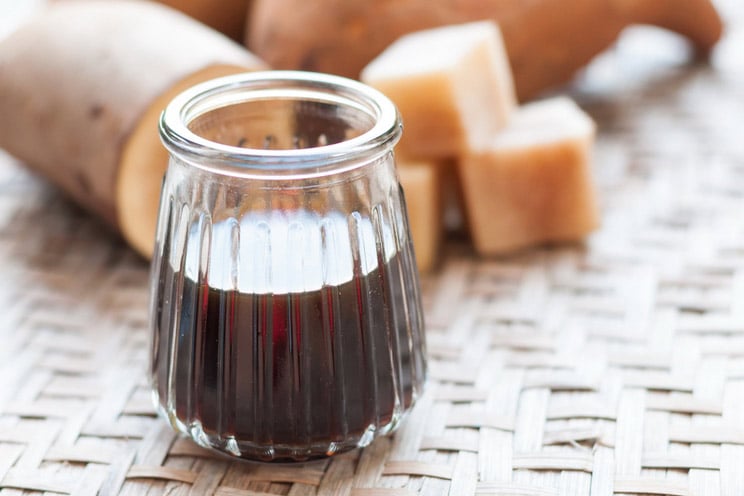
Yacon syrup comes from a rooted plant native to South America. It’s made by extracting the juice from the roots and evaporating it into a thick sticky mixture (similar to maple syrup).
Considered a fairly new sweetener to the keto world, some have touted its benefits as a possible link to significant weight loss. (3) Although it’s not completely calorie or carb-free, it does contain far less than refined sugars and has a distinct flavor that’s similar to molasses and caramel.
As for some of its cons, this sweetener is loaded with a type of fiber that makes it tough for your body to digest. When heated to high temperatures, its chemistry often breaks down and converts into simple sugars (which can kick you out of ketosis).
If you want to try yacon syrup, use it sparingly in your drinks or condiments (no more than a teaspoon per serving) and avoid cooking with it to stay in ketosis. (4) Remember, this sweetener packs in more carbs than your average keto sweetener, so you’ll need to use it in moderation.
Is it Paleo? Maybe. Use in moderation and watch out for the higher carb count.
Erythritol
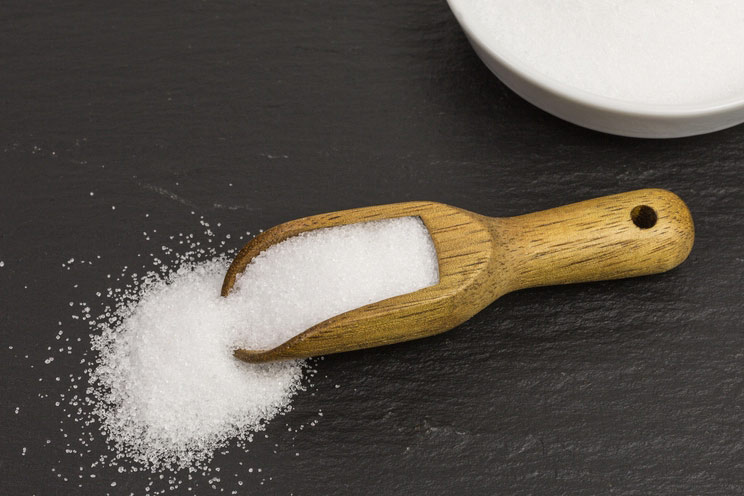
Erythritol is a sweetener that belongs to a class called “sugar alcohols”. Other sugar alcohols include xylitol, sorbitol, and maltitol. So, why choose erythritol over other sugar alcohols, and is it Paleo?
To answer your first question, it really comes down to taste and tolerance. Desserts made with stevia or monk fruit alone tend to deliver a somewhat flat sweetness that doesn’t replicate the complexity of sugar.
With 70 percent of the sweetness of sugar and a tiny fraction of the calories, erythritol may be the closest “sugar-free” substitute in taste. It also fares better for your digestive health and is generally well-tolerated in moderation – especially since most sugar alcohols are notorious for causing stomach and gastrointestinal upsets like nausea and diarrhea. (5)
The key to consuming erythritol is to purchase the kind that is sourced from fruit and not corn, which is associated with inflammation. Outside of the keto diet, I don’t really recommend erythritol, because there are healthier and more natural sweeteners out there to use instead.
Still, if you’re craving a true-to-form dessert that won’t throw you out of ketosis, erythritol is an option.
Is it Paleo? Erythritol falls into the gray area, and the Paleo community is divided on whether it’s truly Paleo or not. However, it is a common sweetener for many keto recipes.
Xylitol
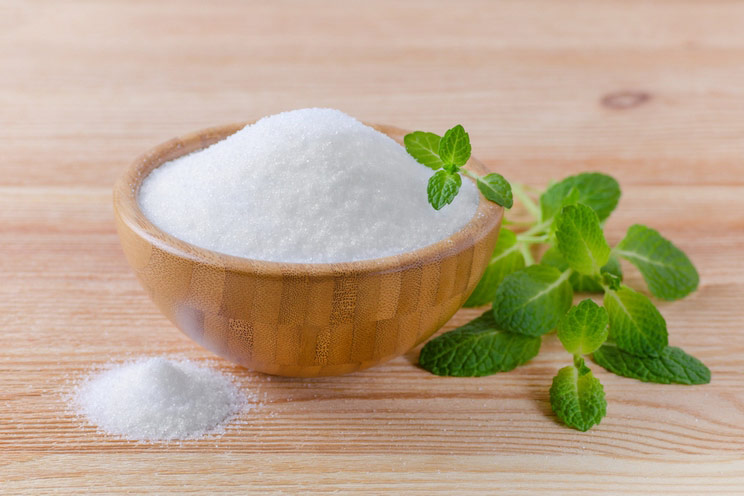
Like erythritol, xylitol is a sugar alcohol that’s almost as sweet as sugar. With only a fraction of the calories, it’s sourced from birch or plant fibers and refined into a granulated sweetener.
Unlike erythritol, however, it’s prone to causing digestive issues, especially diarrhea. (6) It’s also highly toxic to dogs even in tiny doses – so be careful if you have your pooch around! While xylitol has a similar taste to sugar, it often comes with uncomfortable side effects that just aren’t worth it to some people.
If you plan to use sugar alcohols at all during your keto journey, I recommend sticking with erythritol, as it’s better tolerated by most people and can be sourced from fruit.
Is it Paleo? No.
Sweeteners to Avoid on the Keto Diet
You already know that refined sugars like cane sugar and corn syrup are off the table during your keto journey, but you might be surprised to learn that even beloved, “healthier” sweeteners won’t work for keto either.
The keto diet restricts carbs so that your body shifts from burning glucose as its primary fuel to ketones, which are more efficient for fat loss. So, even though raw honey has many purposes on the Paleo diet, it’s simply too high in carbs to enjoy and stay in ketosis.
Avoid all of these sweeteners, Paleo or not, during your keto dieting journey:
- Cane Sugar
- Beet Sugar
- Corn Syrup
- Maple Syrup
- Honey
- Coconut Sugar
- Agave
- Maltodextrin
Finding the right balance between indulgent and low carb is easy to do with our handy Keto Sweets Cookbook. Inside you’ll find over 80 recipes ranging from brownies and cookies to ice cream and dessert bars – all without using any refined sugars or gluten. Order your free copy today to see how simple it is to have your cake and eat it too!
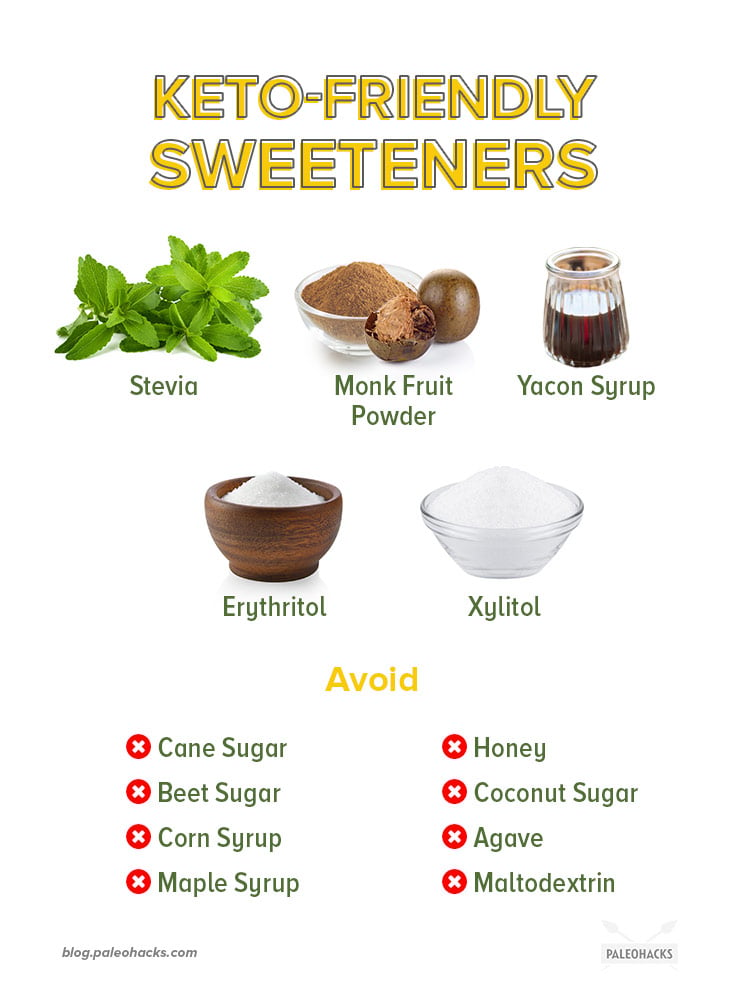


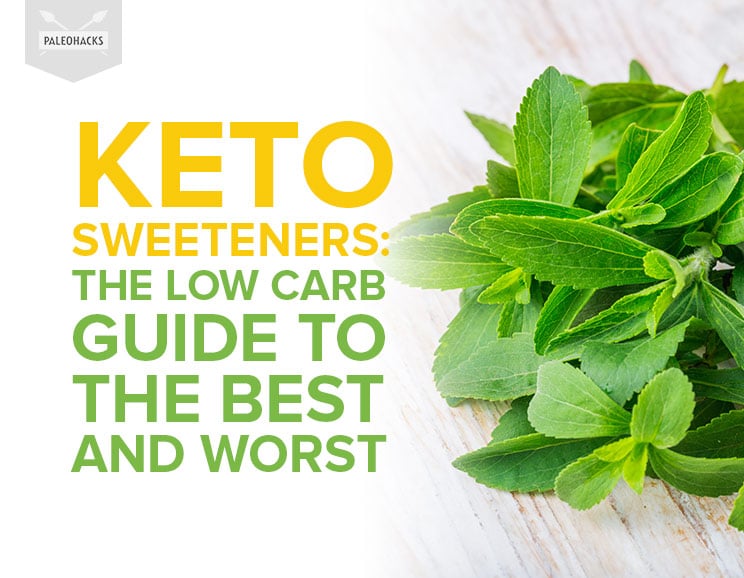
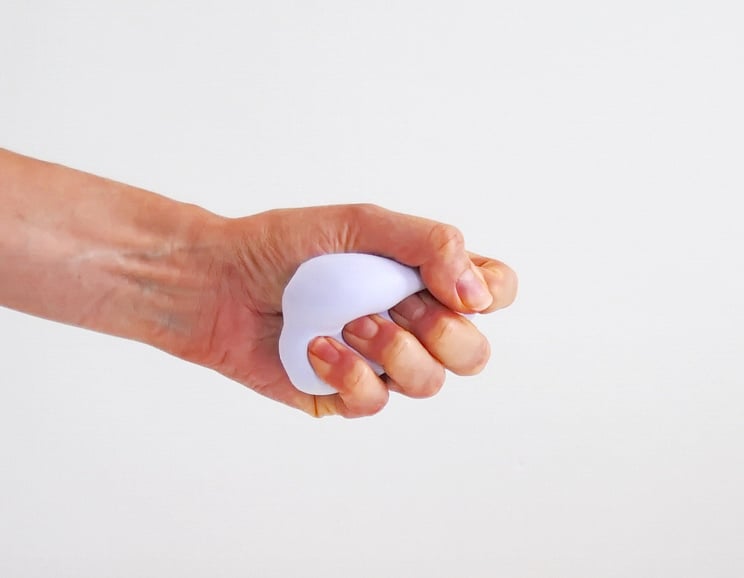 8 Hand and Finger Exercises To Erase Arthritis Pain
8 Hand and Finger Exercises To Erase Arthritis Pain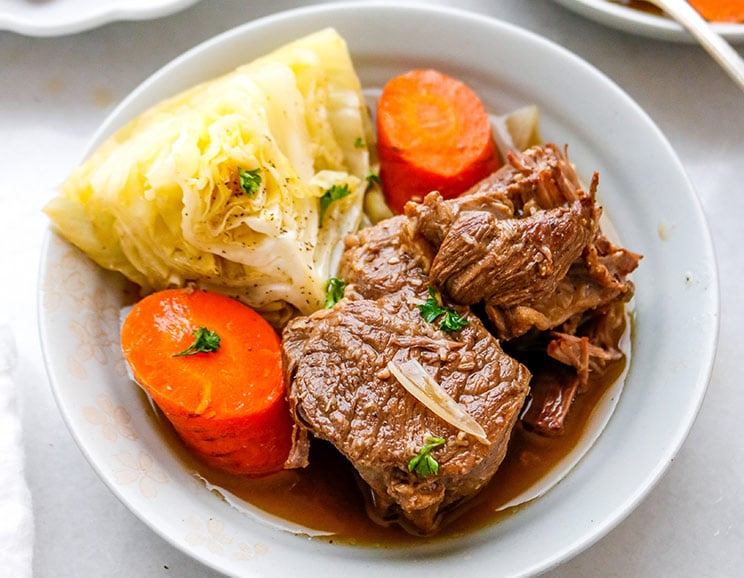
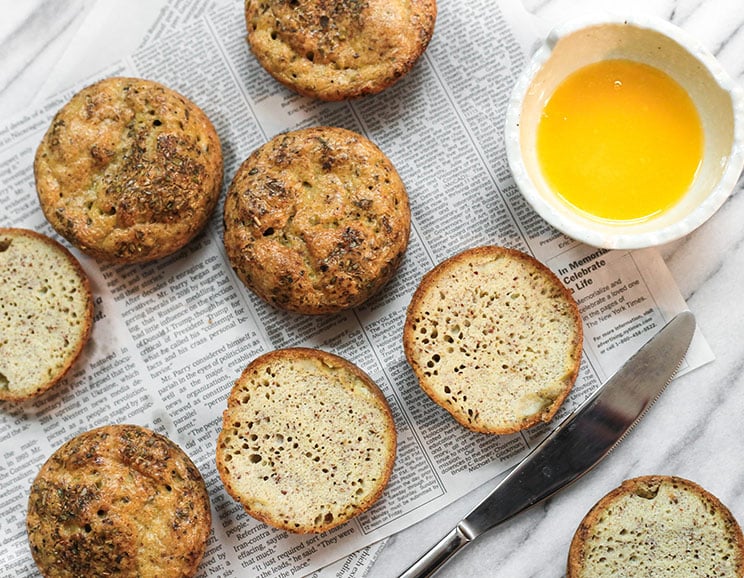
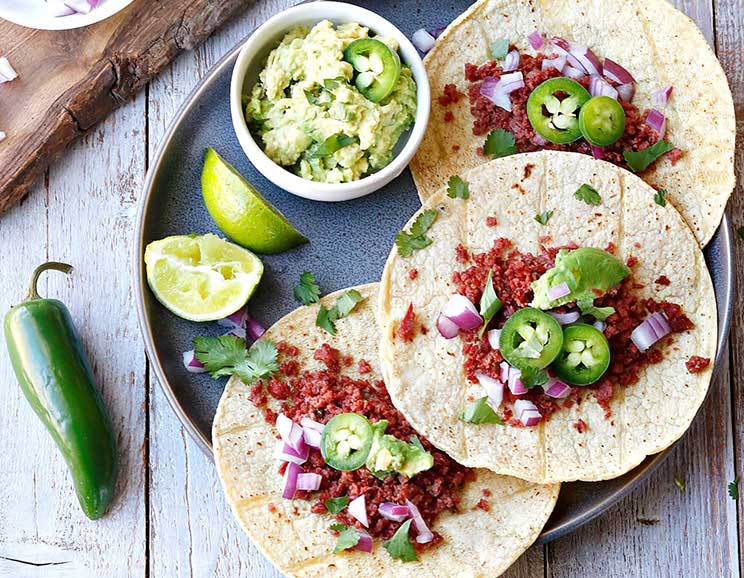
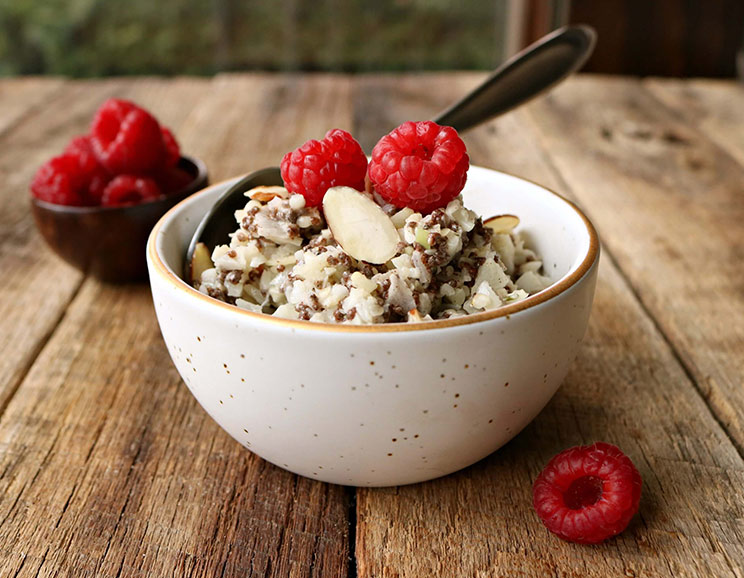

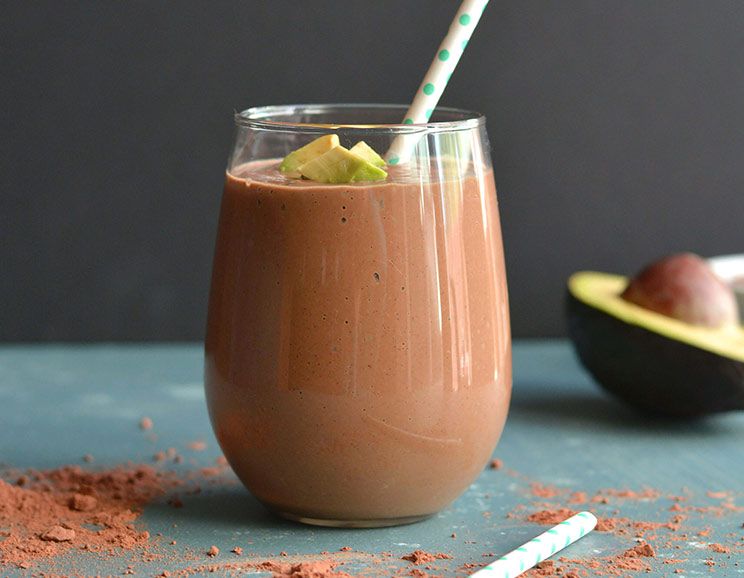

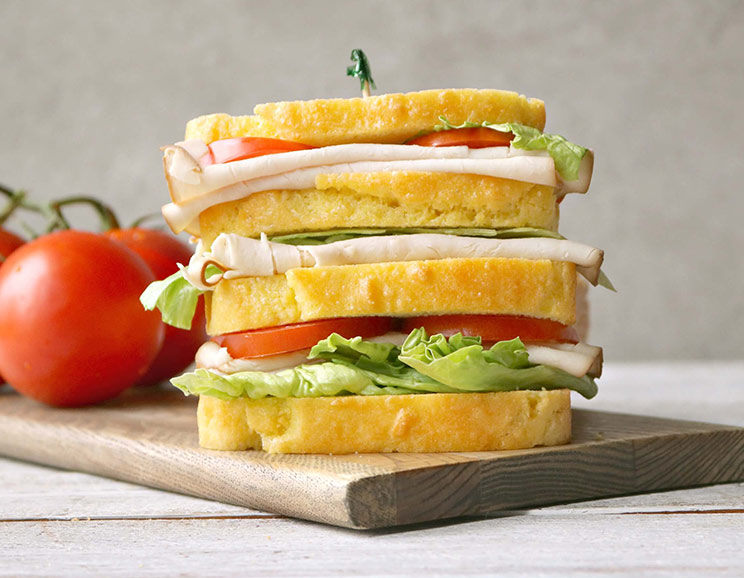
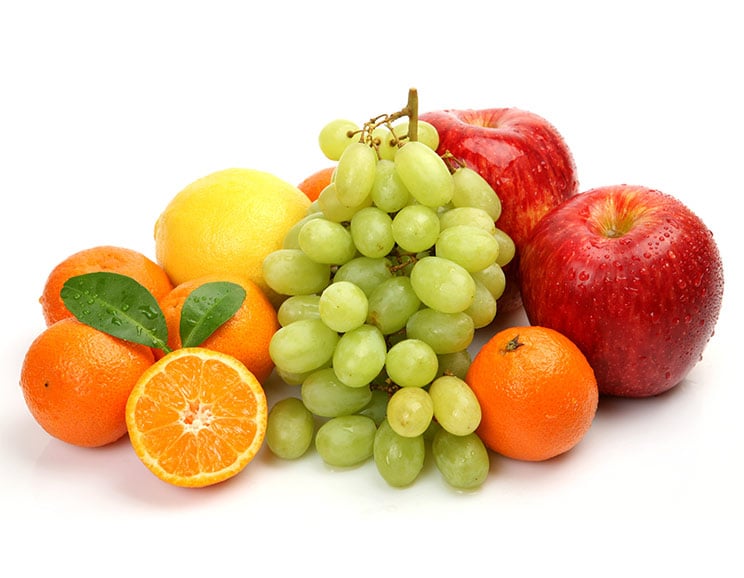
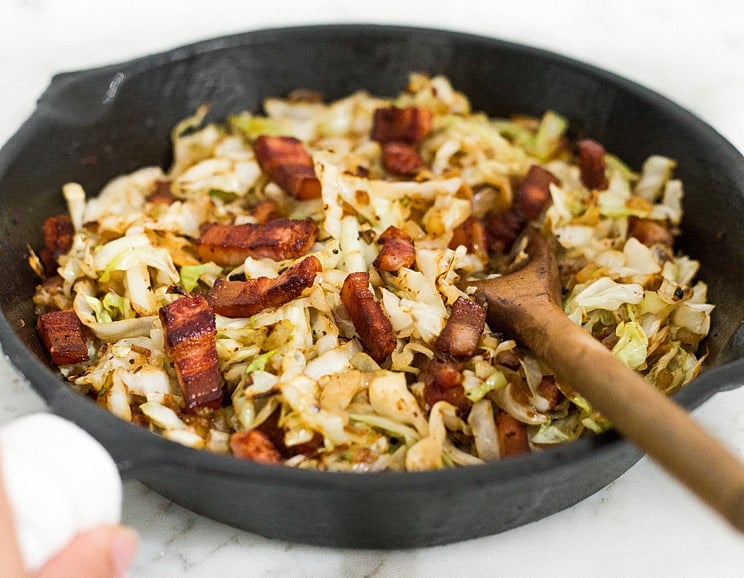
Show Comments